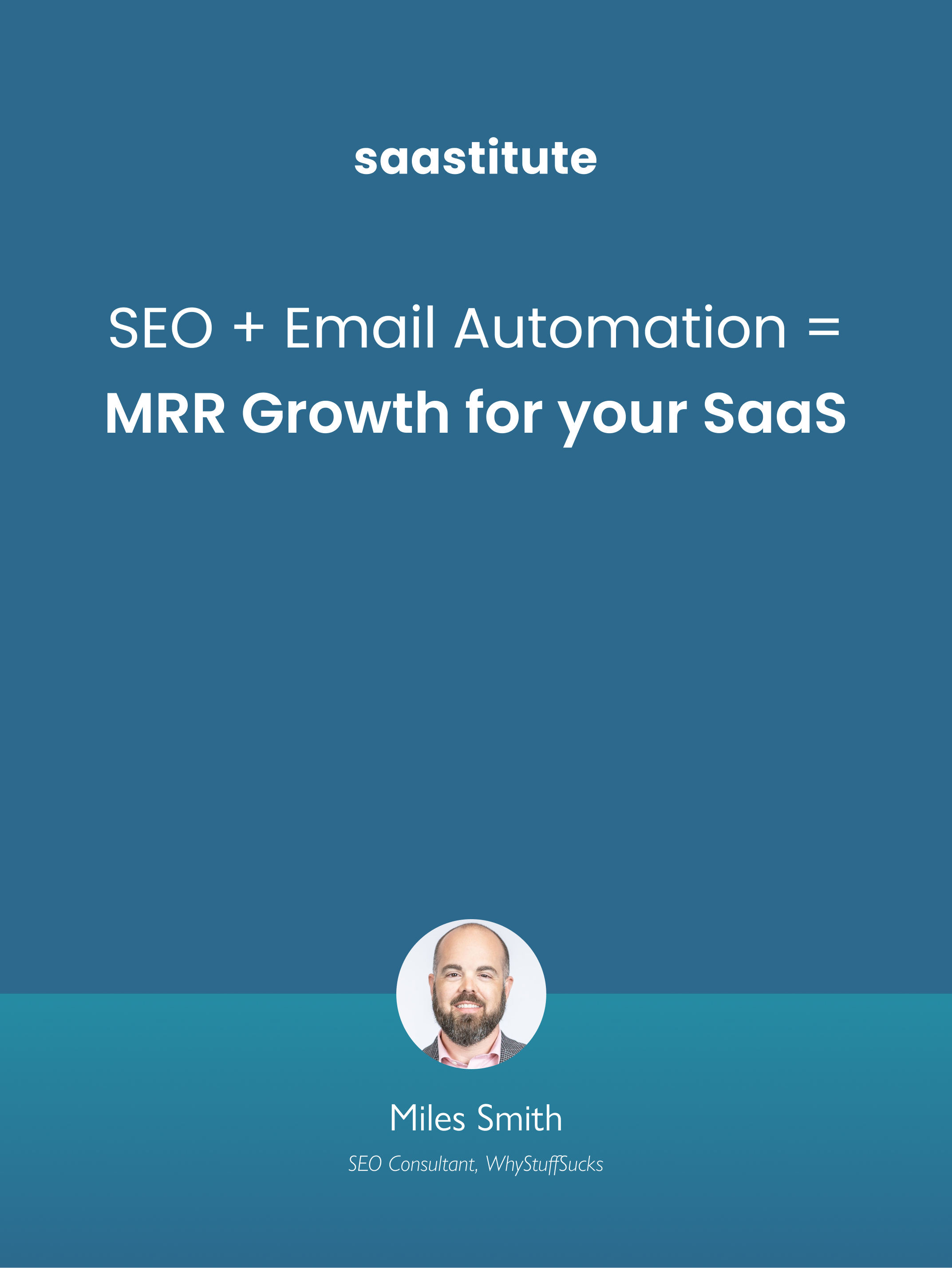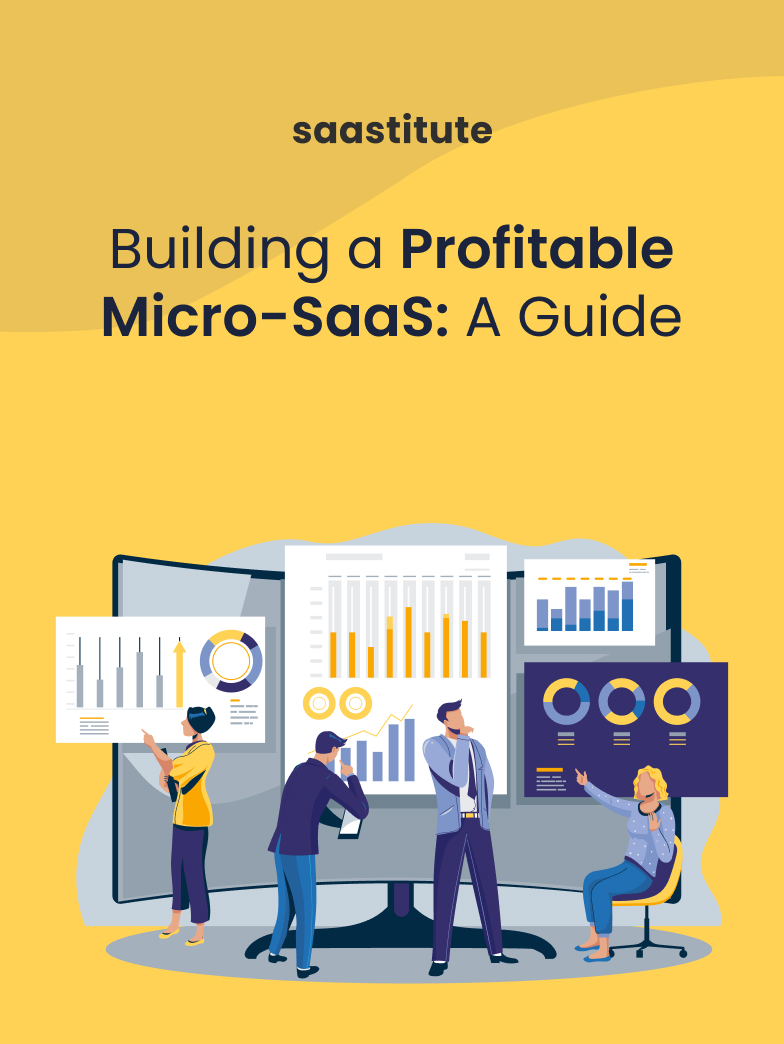How to Write Cold Email Pitches to VCs that Get Answered?
If you are going to go around asking each and every investor out there for investment, you must learn this cold emailing etiquette for guaranteed success.
.png)
The most subtle and fuzz-free way of making an introduction to someone you do not know has to be via email. But have you tried mailing someone eminent who doesn't already know you? There are chances your email would be lost in the big chunk of mail they get from people asking for favors.

To avoid such misfortune, it's essential to structure cold email pitches that get the investors tempted to open the mail and respond to it. Unlike the cold and calculative business world out there, your email outreach can be straightforward and hit the ground running with ideal VCs and investors.
Here's how you do it:
1. Capture them with Email Subject Line
A robust email subject line can set you apart to stand out amidst multiple unsolicited cold emails and ask for investment. Short and crisp subject lines also show that you know how to sell.
- At first, stay away from generic starters like "best investment opportunity", "invest with us", or "great company to invest." that makes you just another one in the crowd. They make you look vague at best.
- Ideally, keep it 60 characters or less. It is best to range between 30-35 characters if you want to optimize your email subject line for mobile.
- Keep it catchy, relatable and informational.
- Mention a reference contact person, an existing investment or industry to highlight a connection.
- Optimize the subject line with keywords for systematic filtering and search. This will help email management tools rank your email higher according to an investor's topic of interest.
- For example, "Unique software subscription suite seeking $100k pre-seed" or "Like AirBnB for events: $50k Ask."
The only thing worse than writing a generic subject line is not writing one at all. Blank space for a subject line opens up the possibility of your cold email getting lost in the inbox clutter of a potential investor.
2. Integrate a Value Proposition
What's more complex than getting an investor to open your cold email pitch is to get them to respond to it. The hardest thing is to explain what you do and why you do it in the briefest way possible. If you have only one shot at being heard, what do you say? You choose the best possible words and string them together to voice something that matters and interests your listeners.
Commonsensical? Yes.
Easy? Not so much.
Before you get down to draft your first cold email pitch, brainstorm what your investors are coming from and then figure out the best possible way to align your proposition with their interests.
- Text-heavy emails are confusing and attention-seeking. Format your emails cleverly and keep them crisp. It's best to explain what you do in a single sentence. Outline the problem you are trying to solve and how it would impact the industry.
- It's most likely that as an investor, they get 100s of cold emails daily telling them about unique ideas that different entrepreneurs come up with. But the best of them keep it simple, focusing on a brief personal introduction and the market opportunity as briefly as possible.
- Demonstrate your track record as a founder/entrepreneur to make them believe how you can grow a business. And shed light on the addressable market size and how your business idea will make an impact, and what sets you apart from the rest.
3. Build Brand Value for them
Treat your cold email pitch like an elevator speech and include only key points.
- Include why you built your brand/company in one line.
- Tell them what your product does, the problem it solves and back it up with relevant numbers and metrics to give them an idea of your traction and trajectory.
- In 3–7 points, highlight your current and future potential.
- If you lack any consolidated numbers to demonstrate the value of your brand, incorporate a few key figures about your target audience, like spending habits of those in your market, to flesh out your pitch.
4. Strategize 'The Ask' and Finish with a CTA
Be it for advice, capital or even for a referral, it's evident that you are cold mailing a VC asking for one of these things. So, it's best to come straight to the point and ask for what you want without beating about the bush.
Once you have presented your demands, it's best to define exactly what you want your reader to do through a CTA. Is your intention to raise funds, or are you looking for some advice? Let your CTA define what you want. For example, "Schedule a 15-minute call to discuss the prospects of a collaboration" or "Request a pitch deck, to know more."
Additionally, provide your contact information, just in case the person wants to reach out to you in future.
In the End
Maybe COVID-19 spelt doom for your fundraising plans, but that doesn't mean it is an end for your investor outreach effort. Reaching out to investors forms the basis of long term mutually beneficial relationships.
But to stand out amidst a big bundle of cold emails, you need to learn how to do it right, know what investors are looking for and then hook them up with just that.














.svg)


